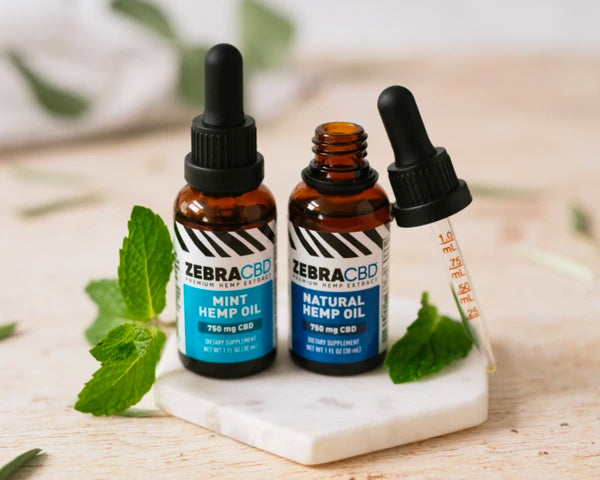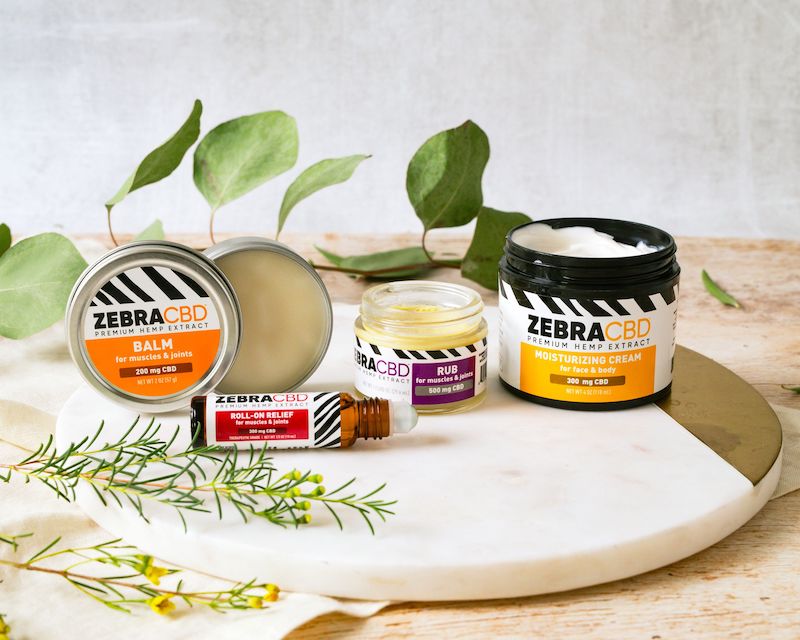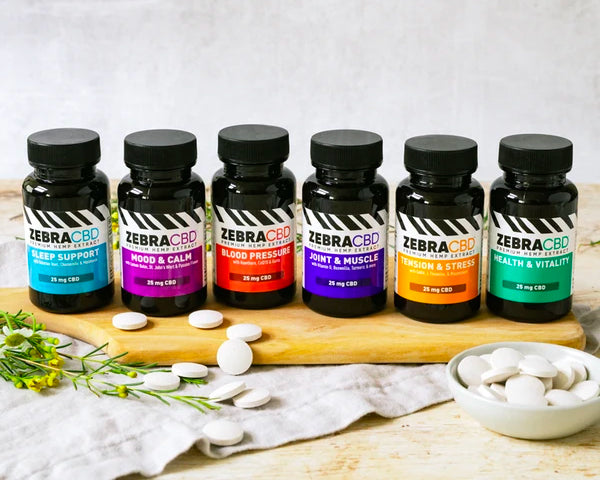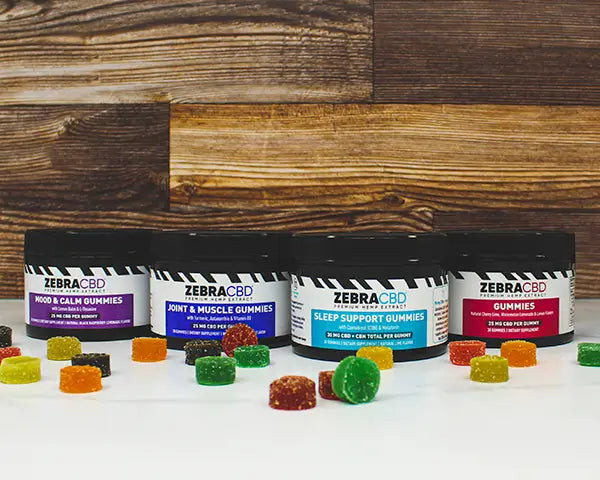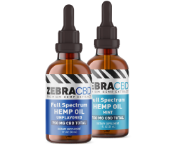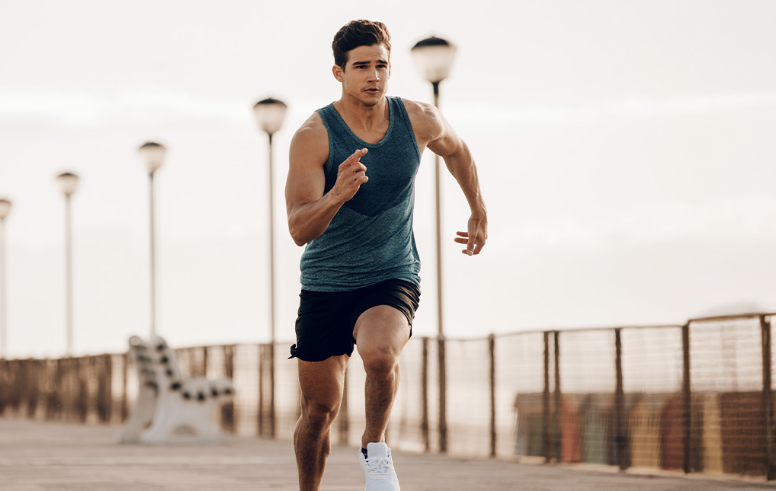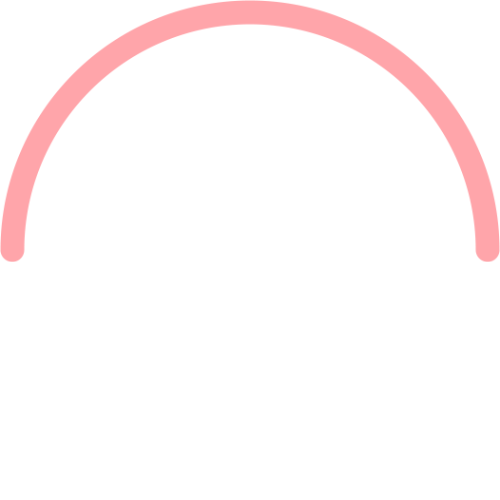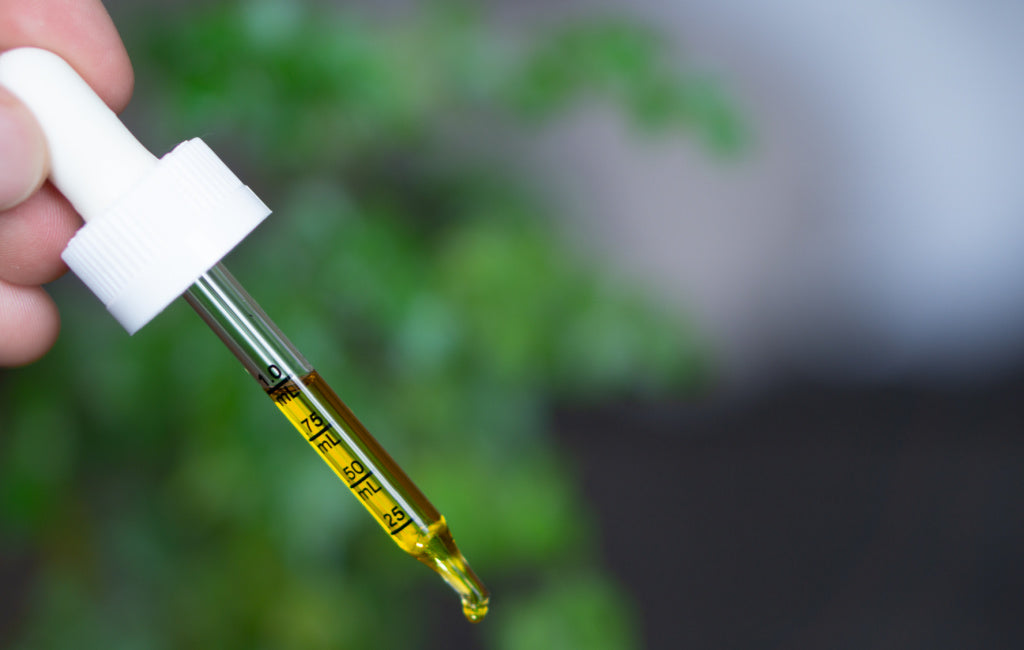
One of the first questions people have after purchasing CBD is, “how much should I take?”.
There is no “one-size-fits-all” answer. Many factors come into play which are specific to you, including your body weight (generally the more you weigh, the higher the CBD dosage), body chemistry, genetic history and metabolism. In other words, the dosage that works for a friend who is the same sex and body weight might not be the optimal dosage for you.
...if you increase your CBD dosage, it does not necessarily mean you’ll increase its effectiveness.
Another factor is the condition you are treating. For example, if you intend to use CBD as part of a preventive medicine strategy for pain, it will not usually require as much CBD daily if your goal is to reduce pain in a specific area.
To complicate things even further, CBD is “biphasic,”meaning it has different effects on the body at different concentrations. (Alcohol is also a biphasic substance. It’s a stimulant up to a point, after which it can quickly become a depressant.) This means that if you increase your CBD dosage, it does not necessarily mean you’ll increase its effectiveness.
Having said that, while there is no universal recommended dosage, it is possible to determine the best dosage for you and your specific situation.
How to Determine a Starting CBD Dosage Level.
Because the ideal CBD dosage is so individualized, it’s really up to you to determine what’s best for you. The recommended method for this is called “titration” — a term borrowed from chemistry that means taking small steps over time to allow for slow adjustment. So, if you don’t see any change after a few days, slowly increase your dose by 5 mg. (5 mg is typically the smallest amount of CBD per serving.)
There is no “set in stone” starting point; however, one of the most used recommendation is 1 mg of CBD for low strength; 3 mg for medium strength; and 6 mg for high strength per 10 lbs of body weight

The accompanying chart is based on the above recommendation, factoring in different weight levels and symptom severity:
Mild conditions would include if your goal is to achieve more restful sleep or improved mood, or to relieve stomach discomfort. Moderate conditions include if you’re looking to reduce pain, discomfort and feelings of uncertainty. For severe conditions you’ll want to consult with your doctor about (or someone who has expertise in medicinal CBD).
That said, if you’re new to CBD, once you determine your ideal dose on the above chart, you may want to start with a half dose and slowly increase it — with an emphasis on slowly. Do not double or triple the dose. (It might not have any effect or decrease the CBD’s effect and you’ll just end up wasting CBD. It could also make you lethargic or cause digestive issues.)
How Often Should You Take CBD?
Some people take one dose daily others take two or three doses (or more) per day. How many you take is totally up to you. The effects of CBD generally last between two and six hour (depending on the product). You may want to schedule two or more doses five to seven hours apart, so you feel the effects more consistently throughout the day.
Luckily, you don’t have to worry about overdosing on CBD. A 2011 Review published by the National Library of Medicine found that “chronic use and high doses up to 1,500 mg/day of CBD are reportedly well-tolerated in humans.” Also, most researchers agree that, for maximum absorption, CBD should be taken with meals, and particularly high-fat meals, which have a greater absorption rate than low-fat meals.
How to Calculate CBD Oil Concentration
The bottle dropper that comes with Zebra CBD oil holds 1 ml of oil and is scored with ml markings, making it easier to determine partial doses. The formula for determining the potency of one dropperful of CBD oil is: [total CBD mg in bottle] divided by [bottle size in ml].
Using our Zebra CBD Full Spectrum Hemp Oil as an example, there is 750 mg of CBD in each bottle. The bottle holds 30 ml (1 fl oz). So, 750 divided by 30 = 25 mg for every 1 ml of liquid. Therefore, one serving size (one full dropper) contains 25 mg of CBD.
With other forms of CBD such as tablets and gummies, it’s an exact science as it clearly says on the packaging how much CBD each serving contains.
Something Else to Consider…
In her book “Cannabis as Medicine,” Bonnie Goldstein writes: “If you find an effective dose of a product — one that helps without side effects — but you feel there is still room for improvement, add a second product with a different cannabinoid to see if the combination provides any benefits. Some patients find one product is effective and stick with that, and others find two or more work well in combination.”
Inflammation is the perfect example of conditions for which two CBD products can be extremely beneficial. Many people experience superior results by taking CBD oil internally and applying a topical CBD product to the area in question.
Keep a Journal
Documenting your “test-and-learn” approach to CBD allows you to hone in on the ideal dosage for your body and situation. You’ll be able to gauge the effectiveness of the CBD over time and whether you are getting the health benefits that warrant you investing in CBD. If you try other methods of ingesting CBD, journaling will shine a light on which method works best for you. Plus, it will help you establish a CBD regimen and make you more aware of the impact CBD is having on your body.
The following are potential categories for your journal:
- Date/time consumed
- Amount consumed
- Type of product consumed
- Therapeutic effects experienced
- Negative side effects experienced (if any)
- How long it took for you to experience relief
- Your mood before and after use
- What you were doing before and after use
- Specifics of the label (batch number, serving size, full-spectrum/broad spectrum/isolate, bottle size (if oil); CBD (or hemp extract) in milligrams; ingredients list)

